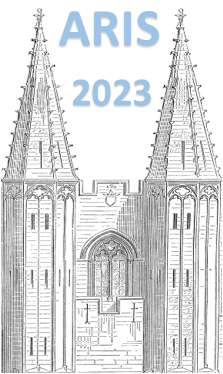Orateur
Description
The isospin symmetry concept has its origins in the charge-symmetry and charge-independence characteristics of the strong nuclear force. This implies that the strong interaction has an equal strength between the proton-proton, neutron-neutron and proton-neutron pairs. Therefore, the isobaric analog nuclei of the same mass A = N + Z, but with the neutron and proton numbers differing as N = Z - 2, N = Z and N = Z + 2, should contain the same set of excited states at similar excitation energies. This assumption holds in the absence of the electromagnetic effects, but in practice the isobaric analog states (IAS) manifest energy differences resulting, e.g., from the Coulomb interaction. Investigations of the Coulomb, mirror and triplet energy differences have proven to be an effective probe for the nuclear structure, but have also provided information on the conservation of the isospin symmetry. During the past two decades a wealth of evidence has been collected for an isospin-breaking two-body interaction in the A = 50 - 70 mass region. This additional schematic interaction, in combination with the Coulomb force, appears to be required to reproduce the experimental data on the triplet energy differences.
Since the N = Z line approaches the proton-drip line in the A > 70 mass region, spectroscopic data for these triplets are scarce, which in turn prevents the investigations of the energy differences between IAS. This is particularly true for the mass A = 78 triplet ($^{78}$Zr, $^{78}$Y and $^{78}$Sr). The excited states in $^{78}$Zr are not currently known at all, while only two excited states have been tentatively assigned in $^{78}$Y. Recently, an experiment was performed at the Accelerator Laboratory of the University of Jyvaskyla to investigate the structures of $^{78}$Zr and $^{78}$Y. This study employed the $^{40}$Ca($^{40}$Ca, 2n/pn)$^{78}$Zr/$^{78}$Y fusion evaporation reaction, the JUROGAM 3 Ge-array coupled to the vacuum-mode recoil separator MARA and the recoil-beta tagging technique. The preliminary analysis of this data has resulted in the discovery of several new excited states in $^{78}$Y and a candidate for the 2$^+$ -> 0$^+$ transition in $^{78}$Zr observed via recoil-beta-beta correlations. This presentation discusses the new experimental results obtained for the mass A = 78 triplet in the context of the predictions obtained from nuclear theory.

